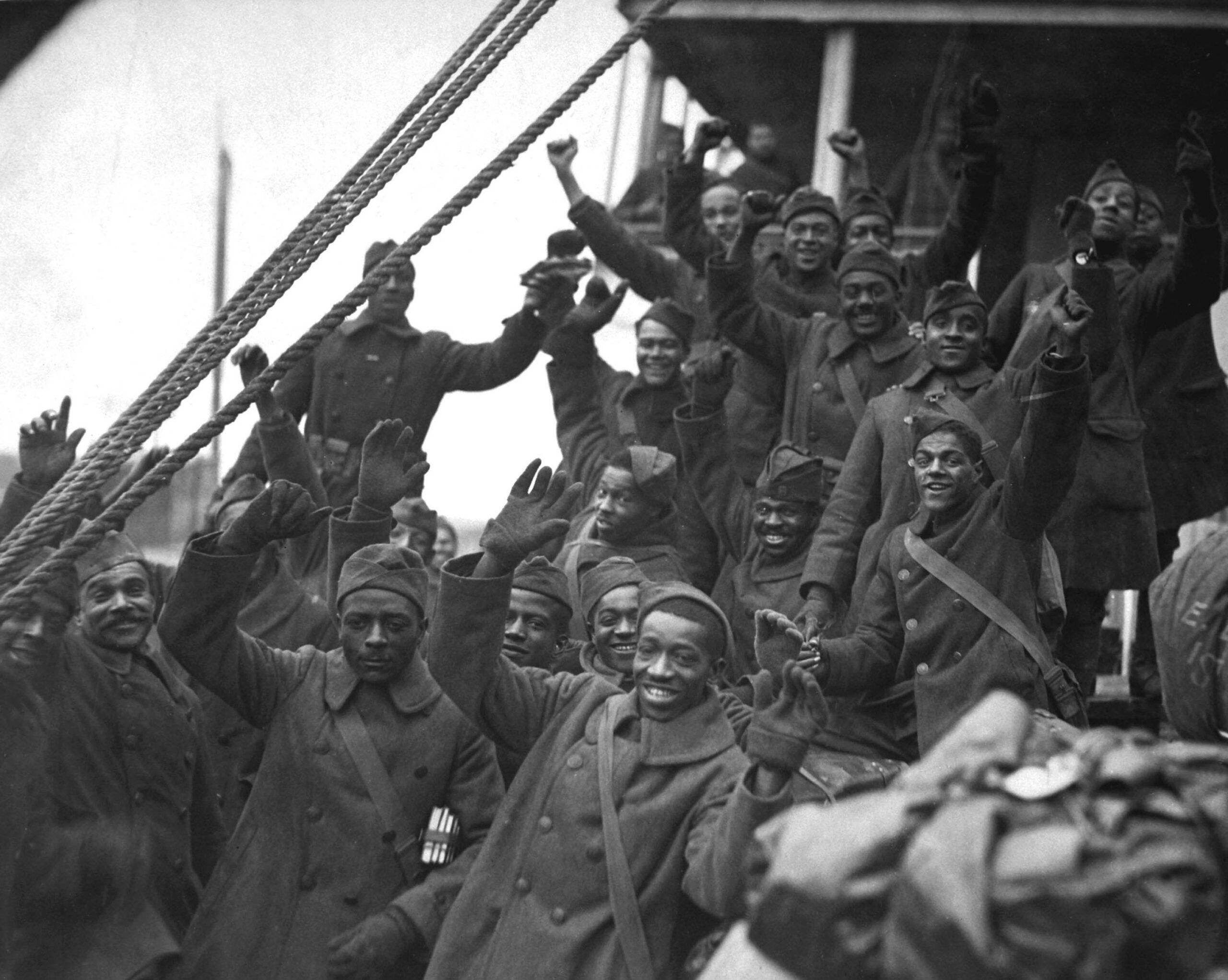The Harlem Renaissance was one of the most influential cultural and artistic movements in American history, but it took a long time for it to earn that recognition. While the movement had its heyday through the 1920s and 30s, major museums largely ignored the artworks it produced until much later in the century, leaving preservation up to historically Black colleges and private collectors. Now, the Met is teaming up with those same colleges to exhibit New York’s largest survey of the Harlem Renaissance in over forty years.
“The Harlem Renaissance and Transatlantic Modernism” exhibition will take place from Feb 25 through July 28, and it will feature artwork from collectors around the world. Denise Murrell, the Met’s curator at large, has spent the last two years coordinating with universities and facilitating restoration in order to showcase these classic works in a massive exhibition.
Related:
Don’t Call Jaboukie ‘Brave’
Throughout the EP, Jaboukie is unapologetic about his sexuality and feverous in his displays of queerness.
For Murrell, the Harlem Renaissance has a continued relevance that deserves to be memorialized. “Becoming painters of modern life within their own communities was key to what the Harlem artists were attempting,” Murrell told The New York Times.
“It was an act of radical modernity, for example, to make portraits of an elder Black woman who would have been born into enslavement. And to make them in such a dignified way — those images simply did not exist in previous periods.”
The movement also gave a voice to Black queer artists working across different creative media—painters like Beauford Delaney, poets like Langston Hughes, and performers like Gladys Bentley. The long legacy of the movement would find expression in later artists, from Baldwin to Basquiat.
In a time when Black history is under assault by conservatives, an expansive exhibition of the classics of African-American art could not be more welcome. Because ultimately, the Harlem Renaissance was more than just an art movement—it was a full-throated expression of the Black experience in America.
“We want to show the full breadth of thinking,” Murrell explained. “In terms of historical context, this is the first time in art history where we have a cohort of African-American artists depicting modern Black life in a modern way. These artists decided to commit their artistic careers to representing modern Black life in the absence of institutional or market support.”
Don't forget to share:
Help make sure LGBTQ+ stories are being told...
We can't rely on mainstream media to tell our stories. That's why we don't lock our articles behind a paywall. Will you support our mission with a contribution today?
Cancel anytime · Proudly LGBTQ+ owned and operated
Read More in Entertainment
The Latest on INTO
Subscribe to get a twice-weekly dose of queer news, updates, and insights from the INTO team.
in Your Inbox














